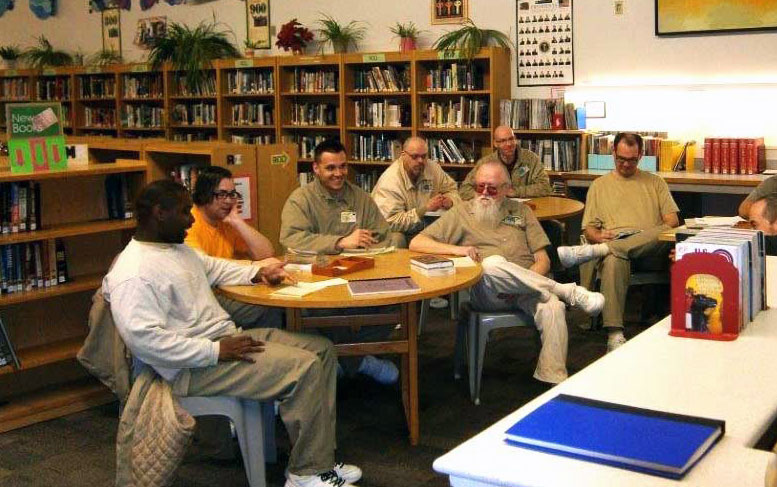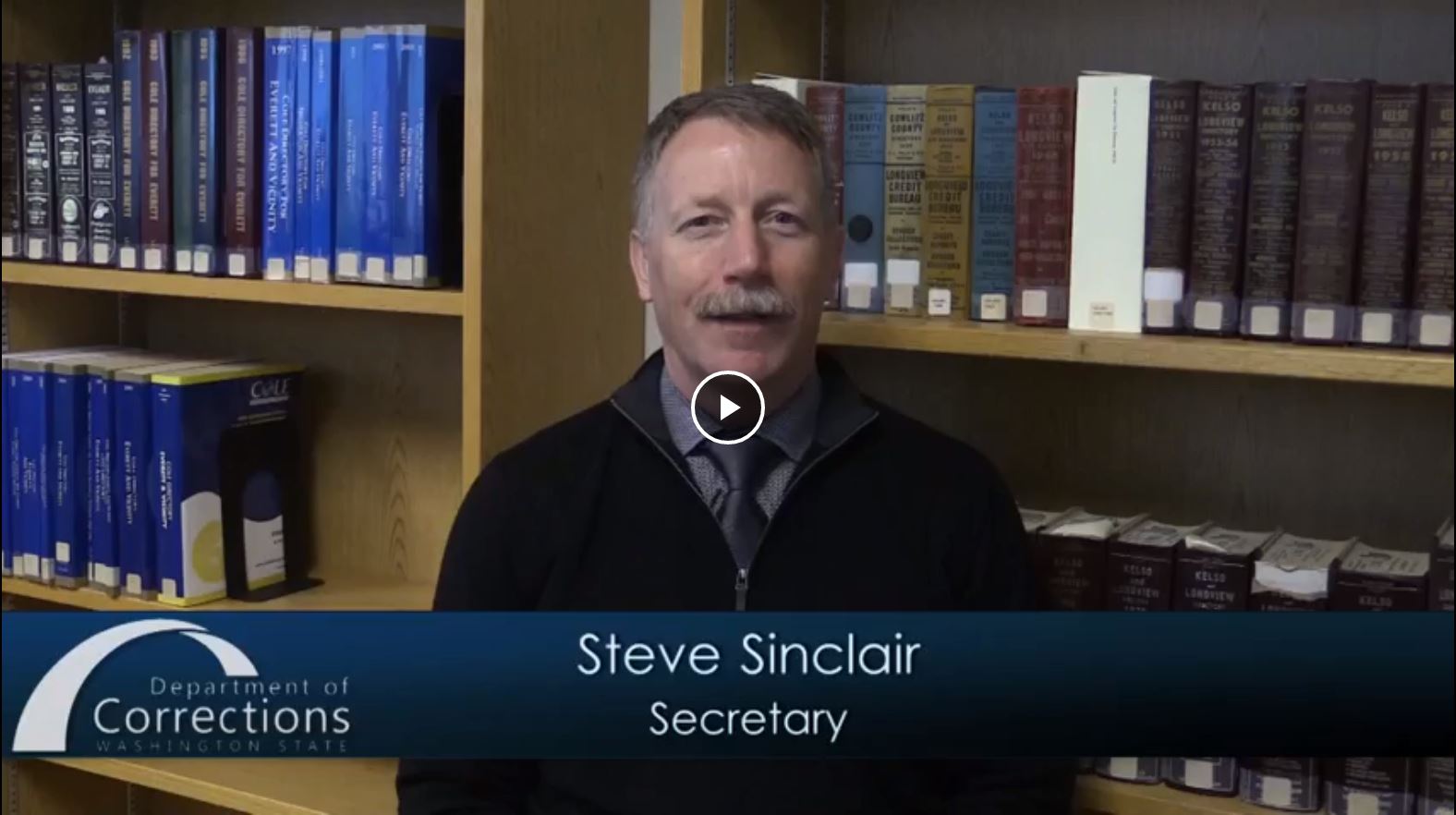
A National Library Week look at institutional libraries
This week, April 8-14, is National Library Week. Through a partnership between the Washington State Library and the state Department of Corrections, we operate nine institutional libraries for inmates and state hospital patients across the state.
Institutional libraries are located inside Airway Heights Corrections Center, Clallam Bay Corrections Center, Coyote Ridge Corrections Center, Stafford Creek Corrections Center, Washington Corrections Center, Washington Corrections Center for Women, and Washington State Penitentiary. There are also libraries located in the Twin Rivers Unit and Washington State Reformatory at the Monroe Correctional Complex.
Additionally, interlibrary loan services are provided at all of the state’s minimum-security prisons.
The state library, which is a division of the Office of Secretary of State, also works with the Department of Social and Health Services to operate libraries for psychiatric patients at Eastern and Western State hospitals.
Here’s a video by Washington Department of Corrections Secretary Steve Sinclair explaining how institutional libraries work.

Interview with a Librarian
Jeannie Remillard has worked as a prison librarian for 27 years. In this interview with the Department of Corrections, Remillard shared some of her thoughts about what it’s like to work in a prison library and the importance of literacy among the incarcerated population.
How long have you been a prison librarian and at which prison(s) have you worked?
I’ve been a prison librarian for 27 years. I’ve worked at Stafford Creek Corrections Center for 10 years and, prior to that, worked at the Washington State Penitentiary for 17 years.
What initially got you interested in the library sciences?
I just needed a job when I started at the Walla Walla Public Library, but quickly loved the work. I worked there for 26 years before taking the job at the penitentiary.
How is a prison library different or similar to a regular public library?
Prison libraries aren’t that different than regular public libraries. Both have very similar goals: helping people find information.
Unlike most other states, prison libraries in Washington are run in partnership with the state library (most other state’s institutional libraries are run solely though their department of corrections). The Washington State Library has the expertise to provide excellent library services in our state.
What kind of safety training did you receive to make sure inmate patrons, other staff and yourself remain safe?
All Washington State Library Staff have to complete the same Correctional Worker Core training that correctional staff are required to take. Correctional Core Worker training includes skills such as individual and teamwork skills, basic defensive tactics, verbal communication and first aid, and learning about different aspects of prison culture.
What’s it like working in a prison library? What do you enjoy most?
It’s a very rewarding job. I help inmates improve their lives through library resources, including finding reentry information. There’s so much talent that they (inmates) never pursued until they used the library. I love being able to give positive reinforcement and encouragement to pursue their interests.
I enjoy seeing lives change and improve through the resources provided by the library.
When considering working at a prison library, did you have any fears or apprehensions about working at one?
None at all. People always ask me if I’m scared or if I am alone with inmates. I always think ‘safety first,’ but the truth is, the job is very rewarding. I hear ‘thank you’ a lot from the inmates.
How important is it to have libraries in prisons? What value do libraries provide inmates?
Libraries support the educational and recreational needs of inmates and play a major role in preparing them for successful reentry.
What is/are the most popular book(s) among inmates?
Science fiction, graphic novels and a wide range of non-fiction subjects. It’s just like a public library where there are many different readers with very different interests.
Besides books, what other materials are inmates allowed to check out?
Magazines, books on disk and CDs.
How are materials selected for prison libraries? Are there any types of materials that are restricted from prison libraries?
Washington State Library staff select materials to meet inmates’ educational, informational and recreational needs. Most materials are permissible in prison libraries, provided they comply with agency policy.
(Editor’s Note: DOC policy 510.010 (pdf) on library services restricts the following types of items from institutional libraries: telephone directories that include residential white page listings, material that depicts or describes procedures for construction or using weapons, ammunition, bombs, or incendiary devices, anything showing the process of making alcohol or drugs, sexually explicit material or materials that could present a security concern or interfere with orderly facility operations).
The Secretary of State’s institutional website has a wish list for materials wanted in institutional libraries that the public can purchase and donate to the libraries. How does this program work?
Library staff makes a list of books they would like to have. The Secretary of State’s Office maintains an Amazon wish list for each prison on its website. Clicking on the name of the prison from the Secretary of State website brings visitors directly to the wish list, where they can purchase items online.
Is there anything else important you would like to add you feel is important?
I love my job and I look forward to going to work every day!
Funded in part by the Institute for Museum and Library Services through the Library Services and Technology Act.
One thought on “A National Library Week look at institutional libraries”
I, Neal, together with Kathleen and Sharon until 2002 provided the same type of library services to the patients at Western State Hospital with the addition of program designed to provoke interest among the patients. We, too, received much gratitude. Unfortunately, in 2002, much of the programming in the library and on the wards were cut. I recommend that the video and and interview be made available to the media.
Comments are closed.